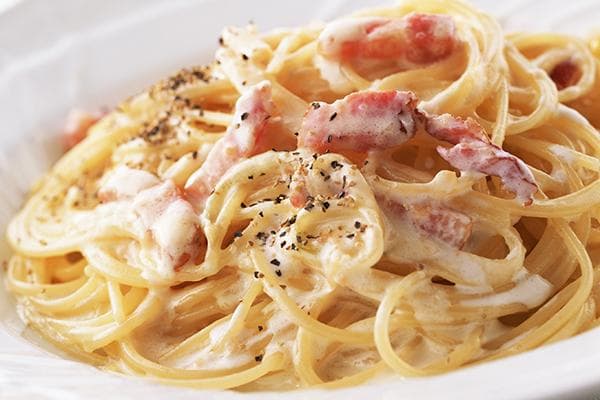A neighbor said that I was draining the pasta in a colander incorrectly, causing it to stick together. A story with a happy ending!
At the age of 17, my main achievement was entering the Polytechnic University. My main shame is my inability to cook even the simplest dishes. At first, at the door of the dorm kitchen, where I tried to drain the water from pasta through a “vintage” enamel colander, the whole floor was going to giggle. Having earned the nickname Pasta Monster, I completely smeared tears and mascara all over my face.
The first to take pity on me was Anatoly, a third-year neighbor who was revered as a local expert on any issue. He taught me how to cook pasta so that it doesn't stick together.

10 rules for neighbor Anatoly
Tolik was unique. He solved any problem as consistently as possible, without unnecessary words, reducing everything to a verified and understandable technological process. Therefore, at first he silently gave me a handkerchief, folded into a perfect square in four, and left. And 10 minutes later he returned and solemnly presented a piece of paper with pasta commandments.
This is what was written on it in smooth drawing font:
- Choose pasta made from durum wheat.
- Prepare water, pasta and salt in a ratio of 1000:100:10 (in grams).
- Place a pan of water over high heat and add salt only after boiling.
- Place pasta in boiling salted water.
- Stir until the water boils again.
- Once boiling, reduce heat to medium.
- Cook for as long as indicated on the package.
- Place the finished pasta in a colander, holding it over the sink or other pan. When the water has drained, shake the colander several times.
- Do not rinse!
- Immediately divide into plates and add sauce.
Apparently, that day I looked as helpless as possible, so Anatoly undertook to supervise the practical part.
Common mistakes when cooking pasta
Wondering why pasta sticks? I have a detailed answer - Anatoly named 5 reasons:
- "Wrong" pasta. If the pasta is made from ordinary soft white flour, it will instantly boil into porridge. Therefore, it is worth choosing pasta made from durum wheat.
- Salt that has not had time to dissolve. The crystals remaining at the bottom help the pasta stick together into lumps.
- Static position of pasta after immersion in water. You need to stir them so they don't stick together.
- Increased cooking time. Overcooked pasta will definitely stick together.
- More than a minute in a colander. After draining the water, do not leave the colander with the pasta! You need to immediately transfer them either back to the pan (in this case it is recommended to leave a few tablespoons of water in it) or onto plates.
From the height, so to speak, of life experience, I can add one more reason - the lack of sauce. Proper pasta is always served with sauce! This is what prevents the pasta from sticking together into lumps. You can add the sauce directly to the pan along with some of the “pasta broth”, or you can pour it over the pasta directly on the plates.
Some "pasta water" is necessary because the pan stays hot and the pasta returned to it without water will feel like it's in a frying pan.Of course, they will stick to the bottom, to the walls and to each other: the moisture quickly evaporates, but the sticky starch remains.
Actually, if the pasta is selected and cooked correctly, you can do without a colander - just drain the water, leaving a millimeter gap between the pan and the lid (it needs to be held on the sides with a towel). It’s even easier to fish spaghetti out of the water with a fork, and smaller pasta with a slotted spoon.
So, now you can definitely cook normal pasta without any spoons of oil, from which you are so reluctant to wash the pan and colander. I vouch for the technology presented by Anatoly during his polytechnic youth. Bon appetit!

